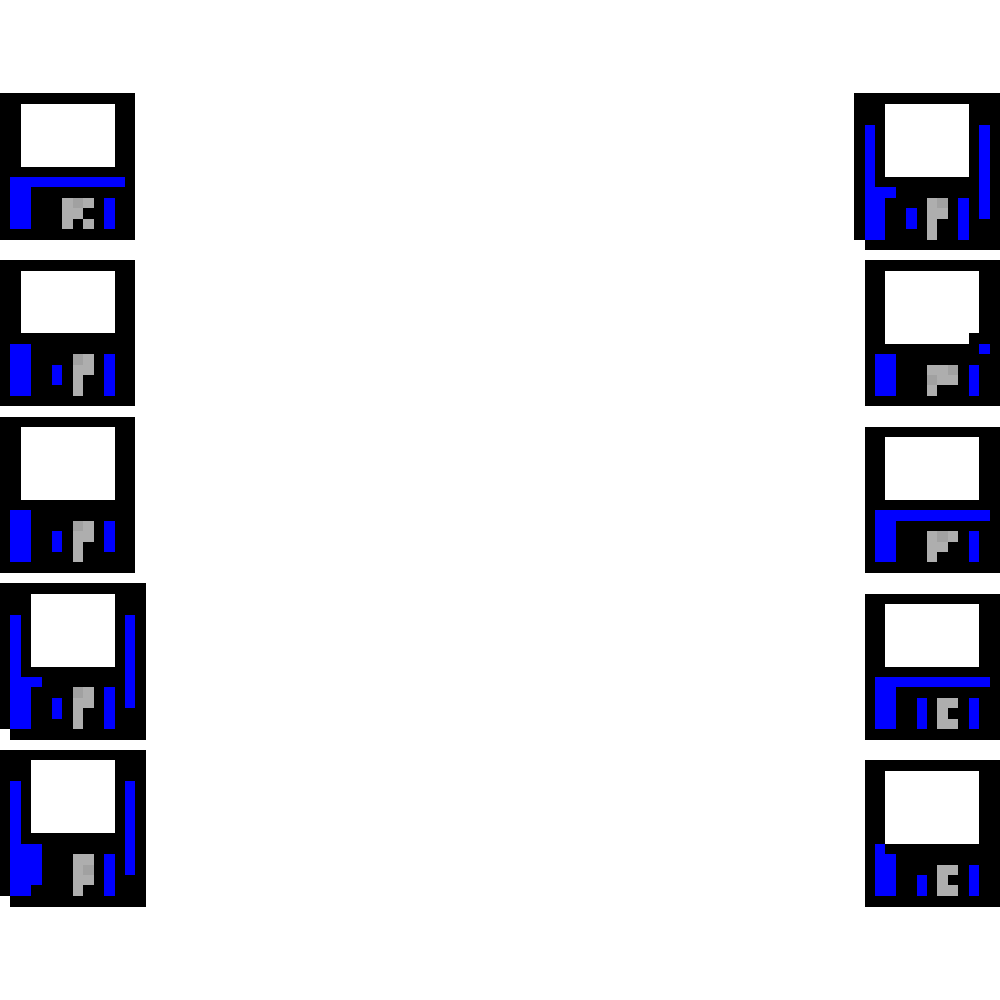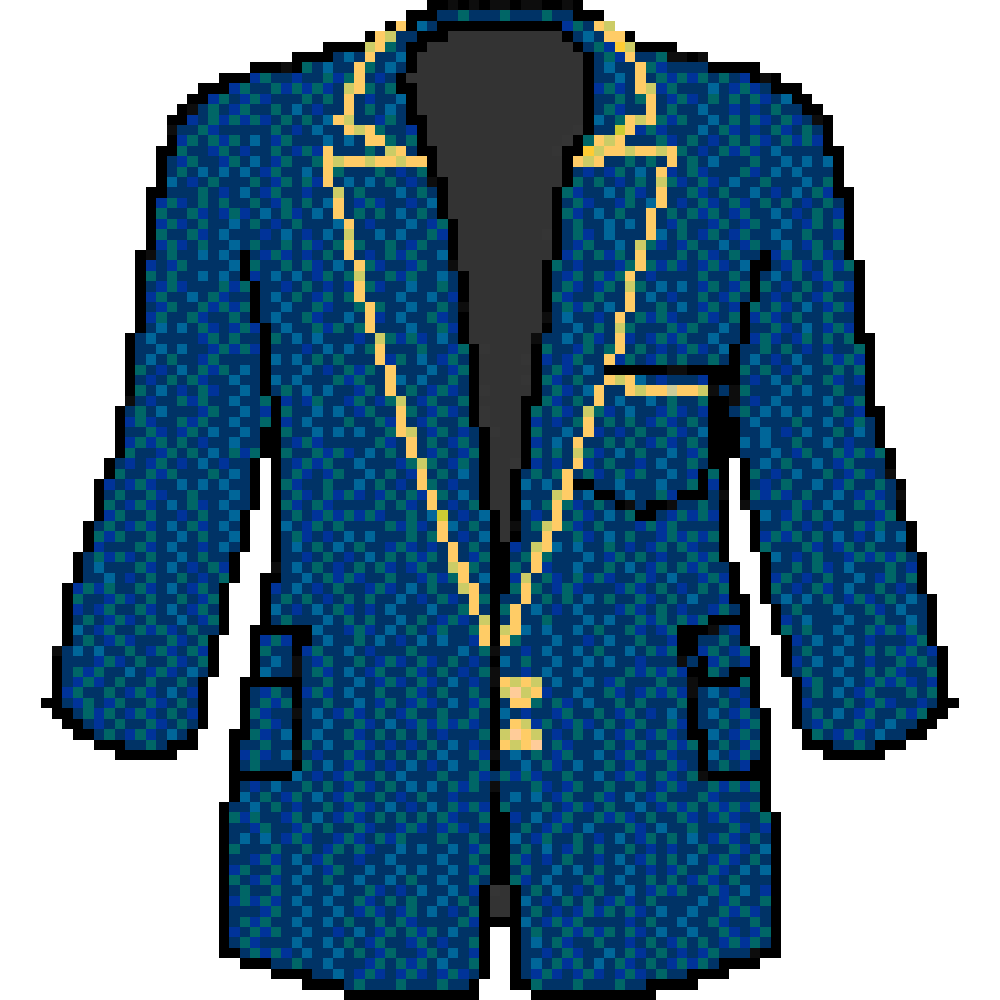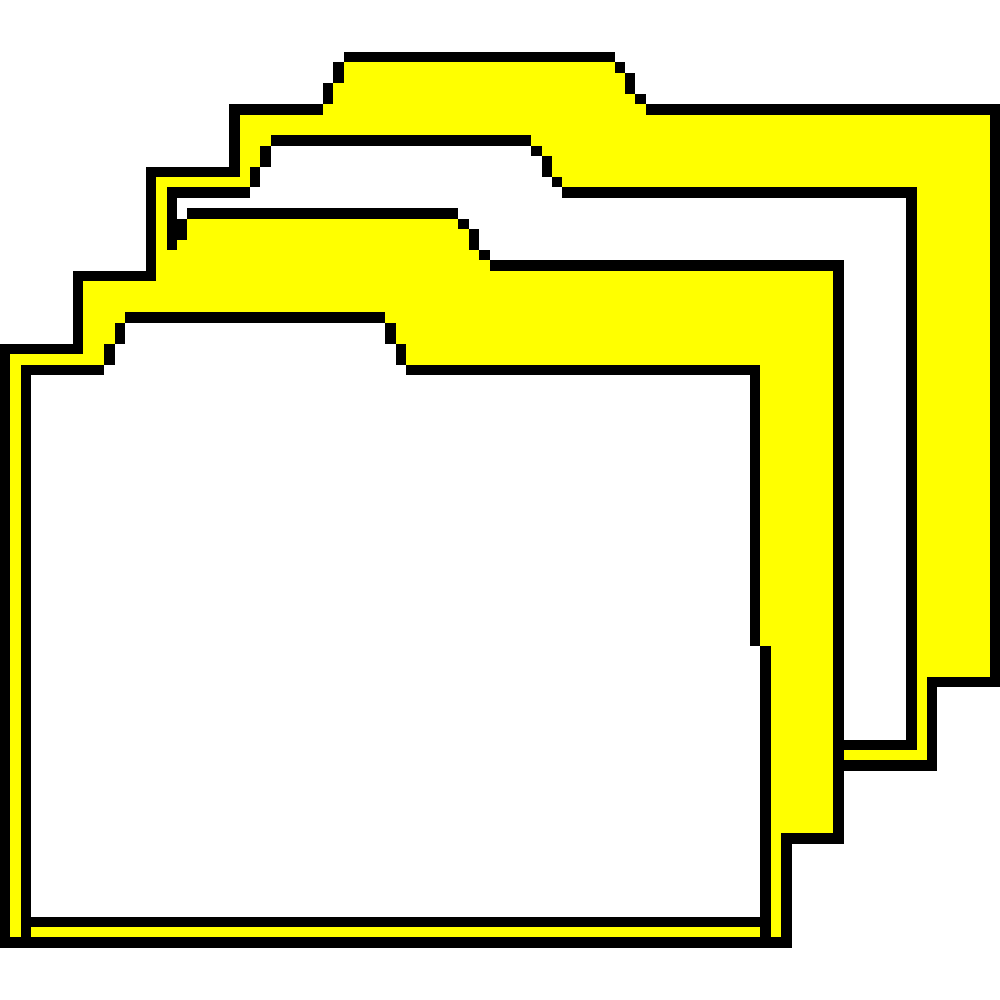This essay is one of three texts commissioned for this exhibition, discussing ‘bad imitations’ in disciplines beyond visual art.

Select, copy and paste—a few taps on the smartphone is all it takes to make a duplicate today. Digital technology has made copying effortless and available to all. Lovely opinion! Copy a quote. Beautiful illustration! Save a copy. Awesome tune and film… make copies for sharing? Despite protests from the creative industries—from publishing to music, film to fashion—that rampant copying would destroy creativity, this prediction has not come to pass. Instead, one could argue that preventing copying has encouraged creators to milk existing works over creating new innovations. The Walt Disney Company has successfully lobbied time and again over the decades to extend copyright protection in the USA to its Mickey Mouse character that first appeared in 1928. What lasted only for 56 years since 1909 became 75 years in 1976, and then 95 years in 1988. As a result, the company has been able to generate revenue exclusively from it until the popular character enters the public domain in 2024.
While the increasing ease of copying has disrupted the economics of creation and distribution, the richness of creative production has far from dipped, and even thrived. Consider the internet meme, which is typically created using a copied image or clip, then modified or presented in a different context. It looks familiar and may even be identical to the source. Yet, the meme is clearly not the same. As it gets reproduced again and again by others, each iteration changes just enough to take on a different meaning from before. Together, the copies become part of a larger cultural vocabulary. Such acts of appropriation are not just carried out by netizens seeking laughs, but mirror the remixing techniques seen in other creative genres. Hip hop and electronic musicians often create by “sampling” existing records and tracks. Even high fashion, which has long derided copycats, embraced this approach when Louis Vuitton appointed Virgil Abloh to be the artistic director of its menswear collection in 2018. The recently passed fashion designer famously advocated for a “3% approach” in design in which something new is derived from changing an existing work by that amount.
How much transformation is required for invention is debatable, but Abloh’s “formula” challenges the unquestioned negative reaction most of us have when encountering something that looks similar to another. Fake! Knock-off! Piracy! Creativity has been beholden to the “original” for far too long. This status—bestowed on works that are deemed to be novel, and seemingly created without any existing reference—is just a convenient myth. No creation stands alone. Instead, it always emerges out of relations with existing ones. A work could be the raw material of another, like how a painting is part of a photograph or a photograph might be the basis for a painting. It could even serve as a conceptual foundation, say a sculpture that inspires a literary work. Then there are different expressions of commonly-known ideas, such as photographs and paintings of the sunrise. To call something a “copy” of another simply expresses a relationship between two things that resemble each other.
How much transformation is required for invention is debatable, but Abloh’s “formula” challenges the unquestioned negative reaction most of us have when encountering something that looks similar to another. Fake! Knock-off! Piracy! Creativity has been beholden to the “original” for far too long. This status—bestowed on works that are deemed to be novel, and seemingly created without any existing reference—is just a convenient myth. No creation stands alone. Instead, it always emerges out of relations with existing ones. A work could be the raw material of another, like how a painting is part of a photograph or a photograph might be the basis for a painting. It could even serve as a conceptual foundation, say a sculpture that inspires a literary work. Then there are different expressions of commonly-known ideas, such as photographs and paintings of the sunrise. To call something a “copy” of another simply expresses a relationship between two things that resemble each other.

The advent of the digital world has made such connections more apparent than ever. Besides the convenience of copying, digital products are continually updated with “versions” that are improvements of previous copies or adapted for different platforms. For instance, Microsoft Office exists for computers running Windows or Mac OS, smartphones and even online. Many softwares are also built from plug-and-play components and even open source code, which are designed for others to tinker with, take apart, and even reassemble into something else. Such is the case for video games such as Pokémon Go and Call of Duty that are based on the Unity game engine platform that allows developers to easily modify parts of other games to create their own. Digital artefacts reveal how the new is often created by agglomerating things that are modified from, modelled after and even copies of existing ones.
Part of the digital revolution has also been the rise of virtual environments that blur the boundaries of physical reality. Video games and simulators based on real-life scenarios are developed for both entertainment and training purposes. Skeuomorphic user interface designs help us navigate our computers and smartphones. Be it the “file” on your “desktop” or the “shutter click” when snapping a photo on your smartphone, these digital representations mimic familiar things in our physical world to make technology more relatable.
Part of the digital revolution has also been the rise of virtual environments that blur the boundaries of physical reality. Video games and simulators based on real-life scenarios are developed for both entertainment and training purposes. Skeuomorphic user interface designs help us navigate our computers and smartphones. Be it the “file” on your “desktop” or the “shutter click” when snapping a photo on your smartphone, these digital representations mimic familiar things in our physical world to make technology more relatable.


The value of copying or imitation extends beyond the digital realm and into our real world too. Hear the brazen call of entrepreneurs to “fake it till you make it”, an approach of starting up a business by emulating those who are successful. Cities are redesigning to become more resilient to climate change by modelling after natural environments in the form of biophilic designs. Many of us have also recently benefited from a product of imitation. Vaccines work by passing off as an infection to trigger our immune systems—and that’s no fake news.
Although copying or imitating is harmful when it blurs the truth or profits unfairly off the efforts of another, the act itself contains nuanced shades of meaning. A “replica” aspires to be the clone of another, which in itself can range from being a lookalike, to reproducing details such as construction methods, mechanics, and material choice. In contrast, a “homage” seeks to honour another through referencing it conceptually or visually. These terms are unlike more pejorative ones, such as “plagiarism”, “counterfeit”, or “bootleg”, which conjure an image of barbaric and thoughtless acts. Copying well is hard work, requiring skills akin to a master craftsmen. It can also be productive. A thorough understanding of a work is essential to creating a valuable copy, or to transform it into something new.
To copy or imitate is ultimately creative, and also quintessentially human. We may imagine ourselves as unique individuals, but that is far from the truth. Human bodies grow biologically through the successful division and reproduction of cells. Our behaviour is learnt from emulating others whom we hold up to be role models. Despite us being copycats, the world we live in has grown ever more diverse with a variety of personalities and points-of-view. This has enriched society, but also polarised it as the ease of information dissemination reinforces harmful perspectives. Is the existence of so many different copies the result of evolution? Does it reflect our unresolved desire to fit in yet remain distinct? Or could it simply be a case of bad imitation?
Although copying or imitating is harmful when it blurs the truth or profits unfairly off the efforts of another, the act itself contains nuanced shades of meaning. A “replica” aspires to be the clone of another, which in itself can range from being a lookalike, to reproducing details such as construction methods, mechanics, and material choice. In contrast, a “homage” seeks to honour another through referencing it conceptually or visually. These terms are unlike more pejorative ones, such as “plagiarism”, “counterfeit”, or “bootleg”, which conjure an image of barbaric and thoughtless acts. Copying well is hard work, requiring skills akin to a master craftsmen. It can also be productive. A thorough understanding of a work is essential to creating a valuable copy, or to transform it into something new.
To copy or imitate is ultimately creative, and also quintessentially human. We may imagine ourselves as unique individuals, but that is far from the truth. Human bodies grow biologically through the successful division and reproduction of cells. Our behaviour is learnt from emulating others whom we hold up to be role models. Despite us being copycats, the world we live in has grown ever more diverse with a variety of personalities and points-of-view. This has enriched society, but also polarised it as the ease of information dissemination reinforces harmful perspectives. Is the existence of so many different copies the result of evolution? Does it reflect our unresolved desire to fit in yet remain distinct? Or could it simply be a case of bad imitation?
Biography



